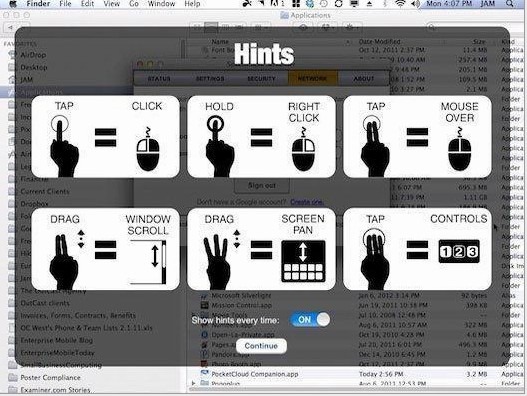

Like all the apps in this category, it takes a while to configure it and get comfortable with operating the remote machine, but once you get your legs (or fingers) under you, it becomes second nature. The PocketCloud UI is about as friendly as I've seen in remote access apps, with a clever 'smart pointer' tool that gives you precise mouse positioning, left/right click and rapid keyboard access. (Compare to the $29.99 LogMeIn Ignition app, which I'm also quite fond of.) PocketCloud also comes in an ad-supported free version, which only allows you to keep one computer in your destinations list among other limitations for everything except VMware View, however, it's a good way to test out the app and see if it suits you.īy subscribing, you are agreeing to Engadget's Terms and Privacy Policy. With a $0.99 monthly in-app purchase, you can also get file browser/file transfer access to your PCs, AirPrint printing, video streaming from the remote RDP server or VMware View service, slimmed-down browser mode (including Flash and audio) and more.
#Wyse pocketcloud should i remove it install
You can install the desktop client on your Mac or PC, authenticate with your Google account, and immediately operate all your active computers as though you were sitting in front of them. The current version of PocketCloud Pro for iPhone and iPad (US$14.99) delivers both local connectivity and a handy Google App Engine locator service for remote machines.
#Wyse pocketcloud should i remove it android
Last week the company announced that its PocketCloud products for iOS and Android have been downloaded over a million times.

Founded in 1981, it has evolved from its early days of creating 'dumb terminals' to become an industry leader in virtual desktops, giving users access to servers or virtualized PCs through protocols like VNC, RDP or VMware View.Įxpanding the Wyse offerings to the smartphone and tablet space wasn't that big a leap, and it's been pretty successful. If the name Wyse sounds familiar, it's probably because the company has been doing remote access since the days of acoustic couplers and 300-baud modems.


 0 kommentar(er)
0 kommentar(er)
